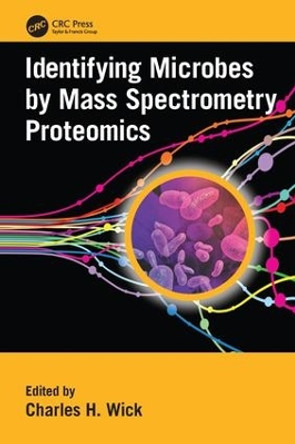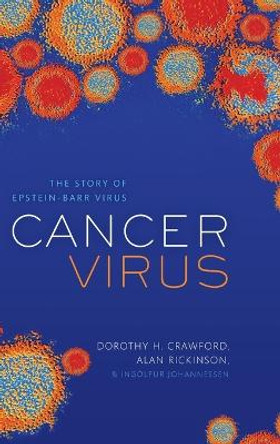Description
Viruses do not behave as other microbes; their life cycles require infecting healthy cells, commandeering their cellular apparatus, replicating and then killing the host cell. Methods for virus detection and identification have been developed only in the past few decades. These recently developed methods include molecular, physical, and proteomic techniques. All these approaches (Electron Microscopy, Molecular, Direct Counting, and Mass Spectrometry Proteomics) to detection and identification are reviewed in this succinct volume. It is written in approachable language with enough detail for trained professionals to follow and want to recommend to others.
Key Features
- Covers common detection methods
- Reviews the history of detection from antiquity to the present
- Documents the strengths and weaknesses of various detection methods
- Describes how to detect newly discovered viruses
- Recommends specific applications for clinical, hospital, environmental, and public health uses
About the Author
Charles H. Wick is a retired lieutenant colonel and senior scientist from the U.S. Army Edgewood Chemical Biological Center. He earned his PhD from the University of Washington. Dr. Wick is best known for work in forensic science done in concert with the Department of Defense. Dr. Wick's research work has resulted in international recognition as an authority on individual performance for operations conducted on a nuclear, biological, and chemical battlefield. He has made lasting and important contributions to forensic science and antiterrorism and holds several U.S. patents in the area of microbe detection and classification. He has written more than 45 civilian and military publications and has received various awards and citations.
Book Information
ISBN 9780367617981
Author Charles H. Wick
Format Paperback
Page Count 136
Imprint CRC Press
Publisher Taylor & Francis Ltd
Weight(grams) 200g







